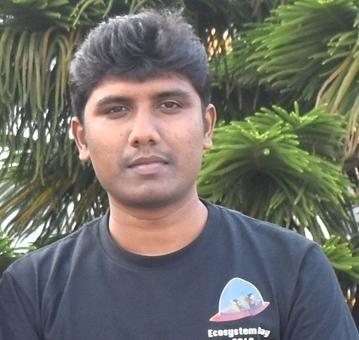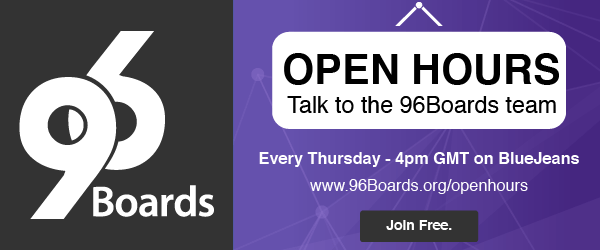Introduction
Hello and Welcome to the final Part 4 of Patient Monitoring System using 96Boards blog series. This blog describes the final implementation of Patient Monitoring System project in realtime. Before jumping in, here is the quick recap of what happened in previous parts:
-
Introducing Patient Monitoring System using 96Boards - This is the introductory blog for the Patient Monitoring System using 96Boards blog series which introduced the project, BLE mesh support in Zephyr and the project roadmap.
-
Part 1 - Patient Monitoring System using 96Boards - This blog provided the basic usage of BLE mesh in Zephyr by showing the steps required to provision and configure the nodes and also the data exchange between Server and Client.
-
Part 2 - Patient Monitoring System using 96Boards - This blog demonstrated the data exchange between BLE mesh network and Gateway implemented using Dragonboard410c. As a part of this blog, a demonstration video was also included.
-
Part 3 - Patient Monitoring System using 96Boards - This blog demonstrated how to setup Thingspeak cloud service for visualizing the data from BLE mesh network. This blog also covered how to setup Twilio SMS service for triggering alerts.
Patient Monitoring System - Final Implementation
As I said in the introduction, this blog will glue all of the previous parts together to create a full fledged Patient Monitoring System using 96Boards. For demonstration purposes, this final implementation assumes to have 2 Carbon boards acting as Server and one Carbon board acting as a Client.
Whole instructions for recreating this project has been pushed to the 96Boards Projects Org. So I won’t be duplicating those instructions in this blog but rather provide some crispy checklist to recreate this project.
Project Checklist
- Clone and Checkout the Zephyr Source
- Flash the hci_spi application to nRF co-processor on all of the Carbon boards.
- Flash the ble_mesh_srv application to STM32 on 2 Carbon board to be used as Servers. Both nodes should have NODE_ID as 1 and 2 respectively.
- Flash the ble_mesh_cli application to STM32 on one Carbon board to be used as Client.
- Setup 2 Channels on the Thingspeak cloud service.
- Setup Twilio for Emergency alert.
- Connect Sensors and Emergency button to both Server nodes.
- Provision and Configure Server nodes and Client nodes.
- Setup the Gateway to be able to capture data from Client node and uploading it to Thingspeak.
- Execute the Python script on Gateway to see the project in action.
Once you are able to do all of the above mentioned items, you can see the execution of Patient Monitoring System using 96Boards in realtime.
Video Demonstration
Conclusion
So we are at the closing ceremony of Patient Monitoring System using 96Boards project. It was wonderful experience for me working on this project, especially I feel very happy to get my hands on the emerging BLE Mesh technology. I hope this technology will rule in connecting the devices together to create an IoT enabled world for a better living. For that purpose, this blog project will serve as a pathway :)
If anyone of you has a thought about improvising this project, please clone the project from Projects Org and contribute to it.
Any feedbacks and comments are always welcome from Community!






